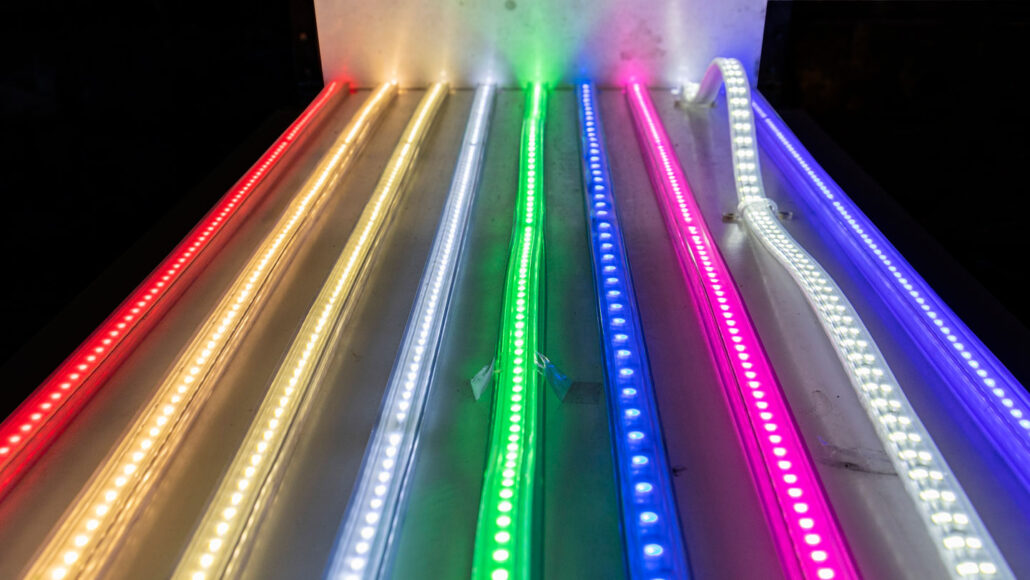Scientists Say: LED
LEDs provide the most energy-efficient lighting today

LEDs, or light-emitting diodes, come in every color of the rainbow.
Mario Marco/Getty Images
Come explore with us!
LEDs provide the most energy-efficient lighting today

LEDs, or light-emitting diodes, come in every color of the rainbow.
Mario Marco/Getty Images
LED stands for “light-emitting diode.” (A diode is a device that lets electric current flow only one way.) This is a very energy-efficient type of lighting.
An LED contains two layers of semiconductor material. A semiconductor is a type of material where the flow of electricity can be precisely controlled. One layer in an LED, called the “n-type” layer, is connected to the other “p-type” layer. The n-type layer contains extra electrons, which have negative electric charge. The p-type layer has excess “holes” with positive charge. Those “holes” are vacant spaces where electrons could be.
A voltage — from an outlet or battery, for instance — can push electrons in the n-type layer toward the p-type layer. Meanwhile, holes from the p-type layer move toward the n-type layer. When those electrons and holes meet, they pair up. This pairing releases energy in the form of light. The color of light given off by an LED depends on the type of semiconductor material used to make it.

Weekly updates to help you use Science News Explores in the learning environment
Thank you for signing up!
There was a problem signing you up.
Today, LEDs light up traffic lights and TV screens. They are also used to light many homes and offices. The tail lights of cars on the road as well as holiday lights are often LEDs too.
For a given amount of electricity, LEDs produce more light than fluorescent or incandescent bulbs. So LEDs are more energy efficient to run. They can use 90 percent less energy than incandescent bulbs and about half as much as fluorescents. Plus, LEDs last longer. They can last three to five times longer than fluorescent bulbs and 30 times longer than incandescent ones. This lowers energy costs and the environmental impact of lighting.
Three scientists won the 2014 Nobel Prize in physics for creating the blue LED — a key component of white LED lights.